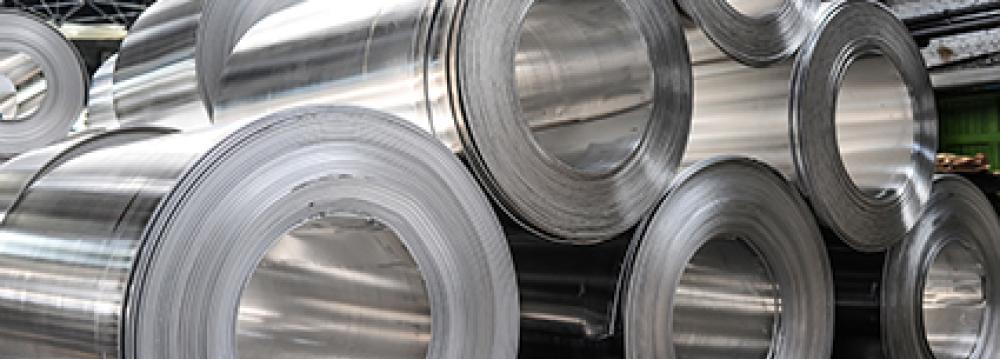The production of aluminum ingot exceeded 262,000 metric tons during the first nine months of the current Iranian year, Iranian Mines and Mining Industries Development and Renovation Organization (IMIDRO) has announced as reported by IRNA on Saturday.
The amount was mainly produced by the country’s three major aluminum producers, Iranian Aluminium Company with 135,413 metric tons, Almahdi Company with 72,966 metric tons, and Hormozal Company with 54,656 metric tons. The total production during the period was 2,000 metric tons more than what had previously been expected.
Aluminum consumption is an indicator of progress for countries and many countries are planning to replace it with steel. According to the 2025 Vision Plan, Iran which is currently the 20th global producer of the metal should annually produce 1.5 million metric tons of aluminum.
In line with the 2025 target, officials from the ministry of industry, mine, and trade recently announced that the government planned to allocate around $11.4 billion for the development of the domestic aluminum industry as part of plans to nearly quadruple the production.
Aluminum ingot production topped one million metric tons in the second year of the 5th five-Year Economic Development Plan (2011-2015), showing an increase of 37% compared to the same period in the 4th Development Plan (2005-2009). The country’s aluminum ingot production was 318,000, 337,000 and 350,000 metric tons through 2011 to 2013, respectively.
A major challenge in the aluminum sector is supplying the raw material namely bauxite and nepheline syenite. Iran has limited proven reserves of bauxite. The biggest bauxite mine in the country in the northeastern city of Jajarm has less than 20 million metric tons of the metal. If the country wants to solely count on its Jajarm bauxite mine, and if we take it for granted that by 2025, annual aluminum production will hit 1.5 million metric tons; we conclude that Jajarm mine will be exhausted in four years.
That is why officials are planning to exploit the biggest bauxite reserve in the world which is located in Guinea. Iran has the license to exploit the 600-million-metric-ton mine in the African country, which is considered the world’s biggest Bauxite reserve. According to the IMIDRO, the project needs at least $500 million of investment, but officials know best that such investment can turn Iran into a key player in the global aluminum market.


